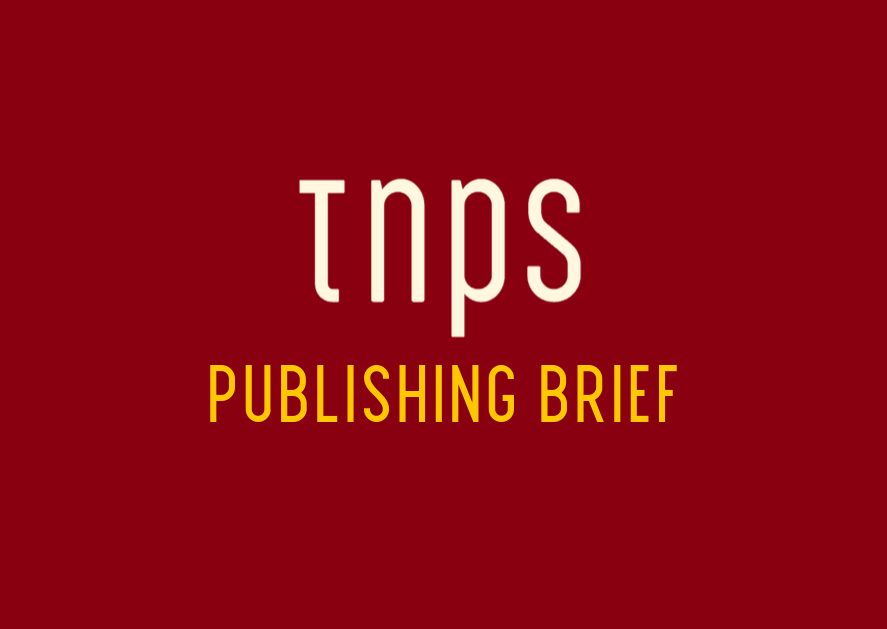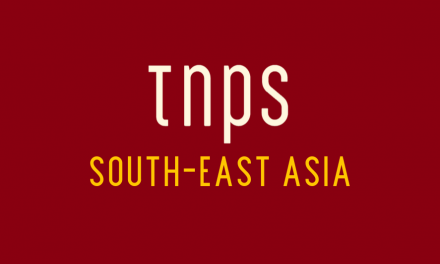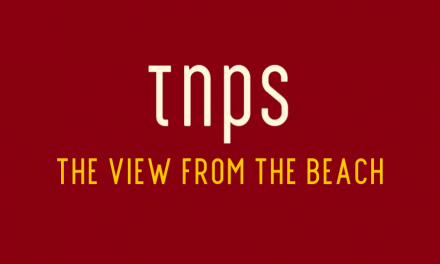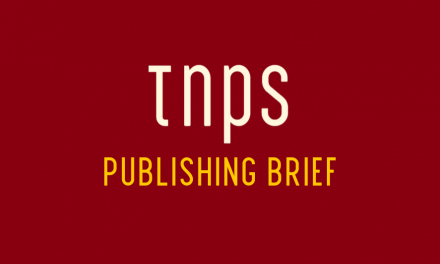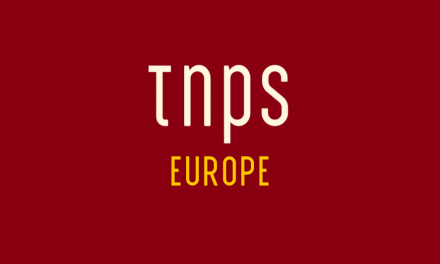The silence is deafening. While Bookbeat, Nextory, YouScribe and now Storytel and Ubook deliver exciting streaming news in quick succession –
the Anglophone publishing industry headlines are dominated by how well US and UK publishers are doing with à la carte audiobook sales.
It’s not that the audiobook sales surges are not exciting too, but as I’ve explored in previous posts here on TNPS, the reported audiobook sales by volume and revenue are still far behind the giddy heights of the ebook era of earlier this decade, before many publishers chose to deliberately reign in ebook sales, by raising prices.
That of course had the twin aims of protecting the print sector, and of reducing dependence on Amazon, which dominates the US ebook sector far more than print.
It’s that that makes the current love affair with audiobooks all the more curious, given the biggest audiobook outlet for the US and UK is Amazon-owned Audible.
At the same time mainstream publishers, and especially the Big 5, continue to keep subscription at arms length.
Some have a presence on Scribd, and on some European subscription services, and as reported here, HarperCollins has recently put “hundreds” of titles into Kindle Unlimited as an experiment.
But no major Anglophone publishers are fully embracing the opportunity digital subscription brings to the table.
Again this comes back largely, though not solely, to protecting the print investment. And with it comes the argument that most consumers prefer print.
That may or may not be so. If we are to answer that question objectively we have to acknowledge that when a publisher prices a print book lower than the ebooks, it is economics and the psychology of consumerism at work, not consumer format preferences.
This as a random example from Kindle UK, where the paperback is £7.99 but you have to pay £9.99 for the ebook.

When more paperbacks are sold than ebooks this doesn’t tell us print is more popular than ebooks. It simply tells us consumers are careful with their cash.
Yes, it helps preserve the infrastructure of print and of bricks & mortar stores, and publishers are right to want to do so. But is this a sustainable long-term strategy?
How long can US and UK publishers continue to look the other way as streaming services continue to grow their subscriber bases, their revenues, and, yes, the profits for their publishers?
Take Storytel, for example. The company has just issued its Q3 figures and once again it’s a tale of growth, growth and more growth.
As reported here on TNPS, Storytel has already hit its one million subscribers target way ahead of schedule –
And as Q3 closed it was supporting 1,014,400 paying subscribers – an increase of 126,900 over Q2.
Streaming revenue for Q3 2019 was SEK 399 million (US $40.1 million), marking revenue growth of 43% compared with Q3 2018.
In its press release Storytel CEO Jonas Tellander said,.
Storytel exceeds the forecast for the period, both in terms of revenue and subscribers, with strong customer intake that has lifted us past yet another fantastic milestone. For the first time in our history, Storytel can record a quarter with an average of more than one million paying customers. I am extremely thankful for and humbled by the fantastic responses we receive every day from people all over the world who love stories.
Okay, never mind all that, let’s get back to what this means, and where these subscribers are. From the press release:
On 12 August 2019, Storytel passed the milestone of one million paying customers. The average number of Storytel subscribers for Q3 2019 was 1,014,400. Customer intake for the service has been strong in both the Nordic markets and the Non-Nordic segment. The average number of paying subscribers in Q3 2019 in the Nordic region amounted to 736,000, which corresponds to 4,000 paying subscribers more than the forecast and an increase of 140,600 subscribers compared to Q3 2018. Streaming revenue in the Nordic region was 340 MSEK compared to a forecast of 338 MSEK and 276 MSEK in Q2 2019. The increase in revenue is attributable to strong subscriber growth during the summer but also largely to greater ARPU (average revenue per user) of 154 SEK (US $15.4) in Q3 2019, compared to 138 SEK in Q2 2019, due to the reduction in VAT in Sweden, Norway and Finland.
“In July, VAT on digital books was reduced in Sweden, Norway and Finland, which has given us the momentum to sharpen our customer offering and at the same time, thanks to our revenue-sharing model with the publishers, improve earnings for authors”, says Storytel CEO Jonas Tellander. “We are now confidently looking forward to the coming VAT reductions in Poland and the Netherlands in November 2019 and January 2020, respectively”, he says.
Storytel first ventured outside the Nordic region in 2013 and today has 18 global markets. (19 if you count Colombia, but at this time Storytel prefers to not class Colombia as a full Storytel market despite fielding 120,00 titles on the Storytel Colombia site.)
The press release reports that there were,
278,400 subscribers in the Non-Nordic segment on average in Q3 2019, which corresponds to an increase of 60,100 paying subscribers compared to Q2 2019 and exceeds the previously published forecast of 273,000 subscribers. Annual subscriber growth amounted to 122%. In the Non-Nordic segment, streaming revenue increased to approximately SEK 59 million (US $5.9 million) in Q3 2019 compared to the forecast of SEK 57 million – an increase of 119% compared to Q3 2018.
These non-Nordic figures are worth comparing with the news coming in from Africa, where France-based YouScribe also operates a streaming service.
As reported here, YouScribe expects to have 300,000 subscribers in Africa by end 2019.
The fact that YouScribe can record such growth in such a shorter time than Storytel is not in any way a reflection on Storytel but rather an example of what digital subscription can do where there is little or no serious competition from either digital or print.
It shows clearly that the would-be readers are out there, and all publishers need to do is give them accessible and affordable options.
The next decade is going to be hugely challenging for publishers in the established markets, where subscription and bricks & mortar and on-line pay-per-unit options will be ever more uneasy bedfellows.
But in the emerging markets subscription clearly offers unprecedented and unparalleled opportunities that publishers, wherever they may be and whatever their existing format commitments and preferences, should be taking a serious look at.
The 2020s will be the decade subscription comes of age.

